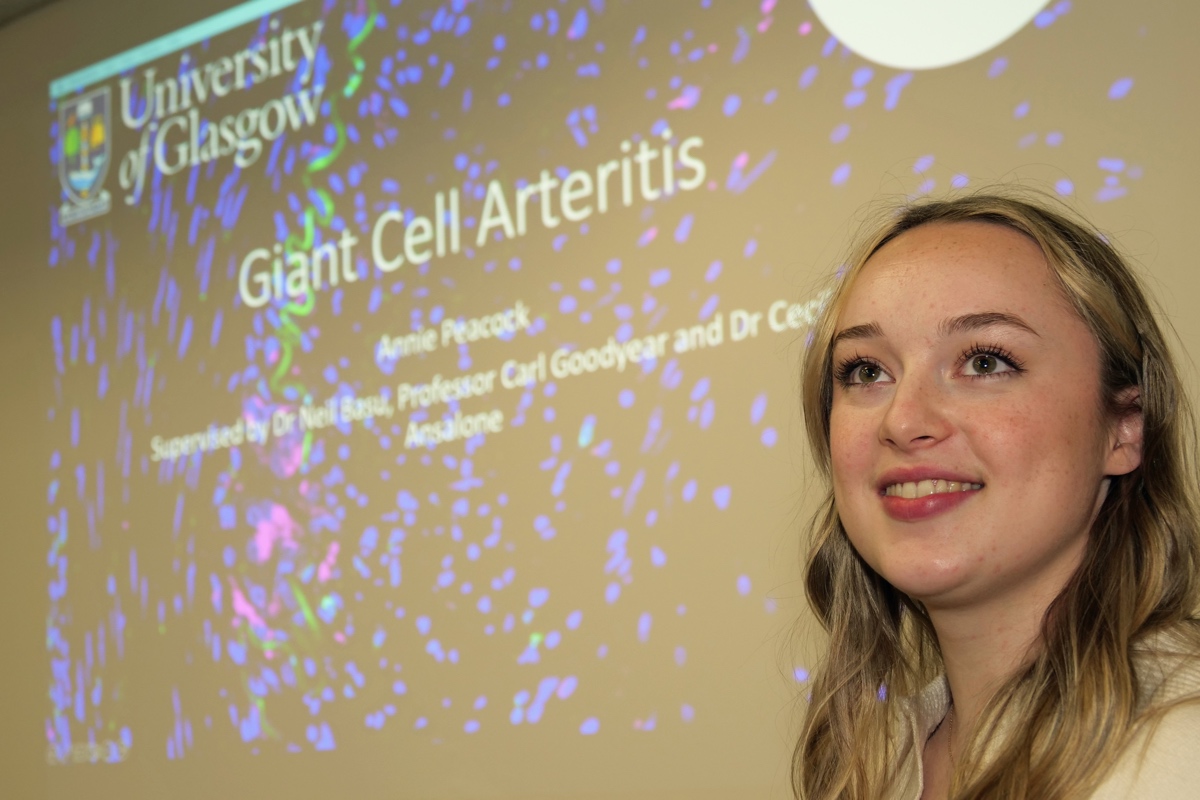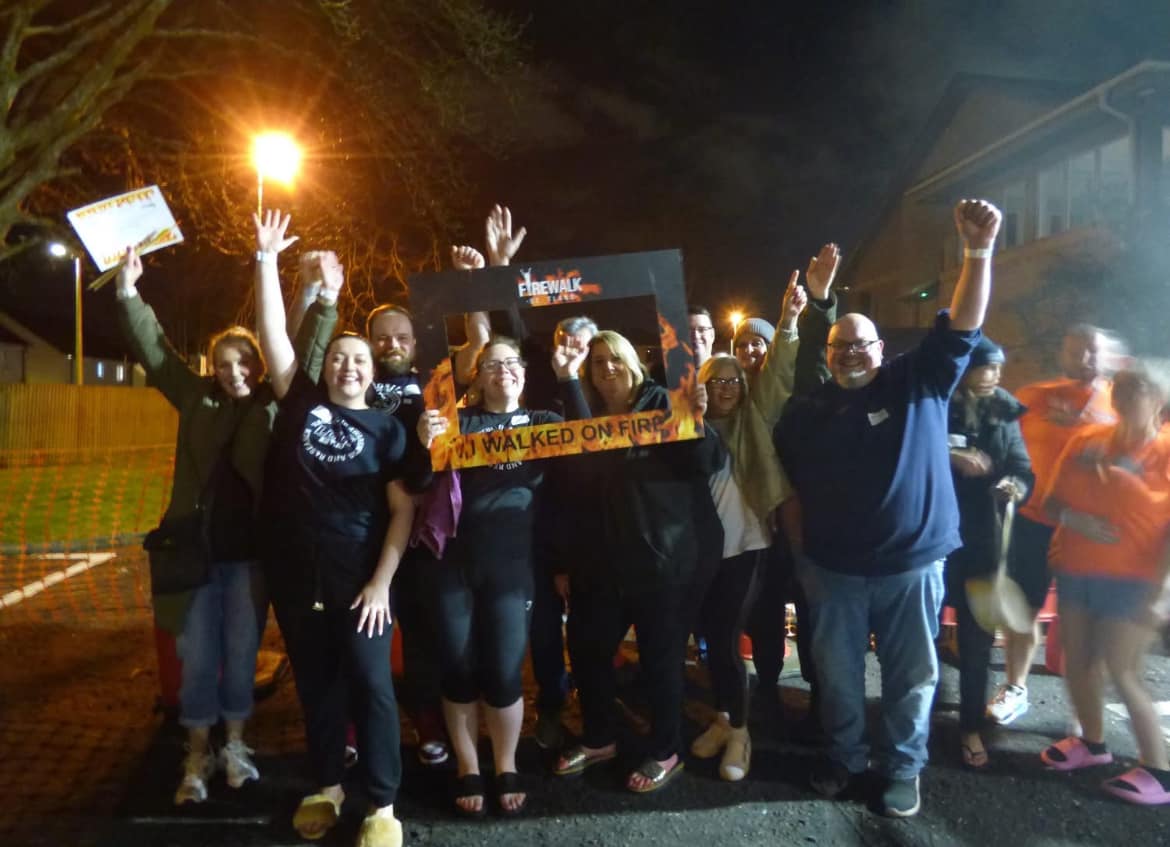
Giant Cells in GCA update
Annie Peacock is a PhD student funded by LCTF. She’s working on a 3 year project contributing to the discovery of next generation drug targets for Giant Cell Artheritis (GCA). The project is currently halfway, and she’s given us an update.
Giant Cell Arteritis (GCA) mainly affects small to medium blood vessels, like the temporal artery in the head. However, it can also affect larger arteries, such as the aorta, the largest blood vessel in the human body. This led to the distinction between two forms of GCA, cranial and large vessel. GCA patients can have predominantly one form or both.
To better understand why the immune system attacks these different vessels, I have been characterising the cells from blood of patients with either cranial or large vessel GCA. Preliminary data suggest that specific immune cells, called monocytes, are involved in both forms of GCA but might have different molecules, which causes them to be attracted to these different vessel types.
These monocytes, found in both types of vessels, can join to form large cells known as giant cells. GCA is characterised by the presence of these giant cells.
We do not yet understand how these cells form. However, they have been associated with both the destruction of the vessel and the subsequent excessive repair that leads to the blocking of blood flow. To better understand the factors that cause their formation, I have been developing a system to make giant cells in the lab. I have been using blood from GCA patients, isolating monocytes, and culturing these cells with specific inflammatory molecules that are known to play a role in GCA disease. By doing this I have generated giant cells in culture which look like and have a similar expression pattern to those found in patients with GCA. This can now be used as a model to test what, if anything, can block their formation.
Finally, I am also working on investigating giant cells in the vessels of people with GCA. To do this, I am collecting samples from biopsies, used to diagnose GCA, and looking at specific markers associated with these giant cells and the environment surrounding them. This will help us to understand what causes these cells to fuse and what damage they do in the vessel. Looking at these cells in vessels will help to determine whether the lab model of giant cell formation is accurate and will help me to build a 3D model of a vessel to study the cells and pathways and better understand how we can treat GCA.
See more about this and other LCTF research projects
Everything we do – from providing support services to financing research projects like this – is possible only because of donations. Please help us help people with vasculitis by donating today.


